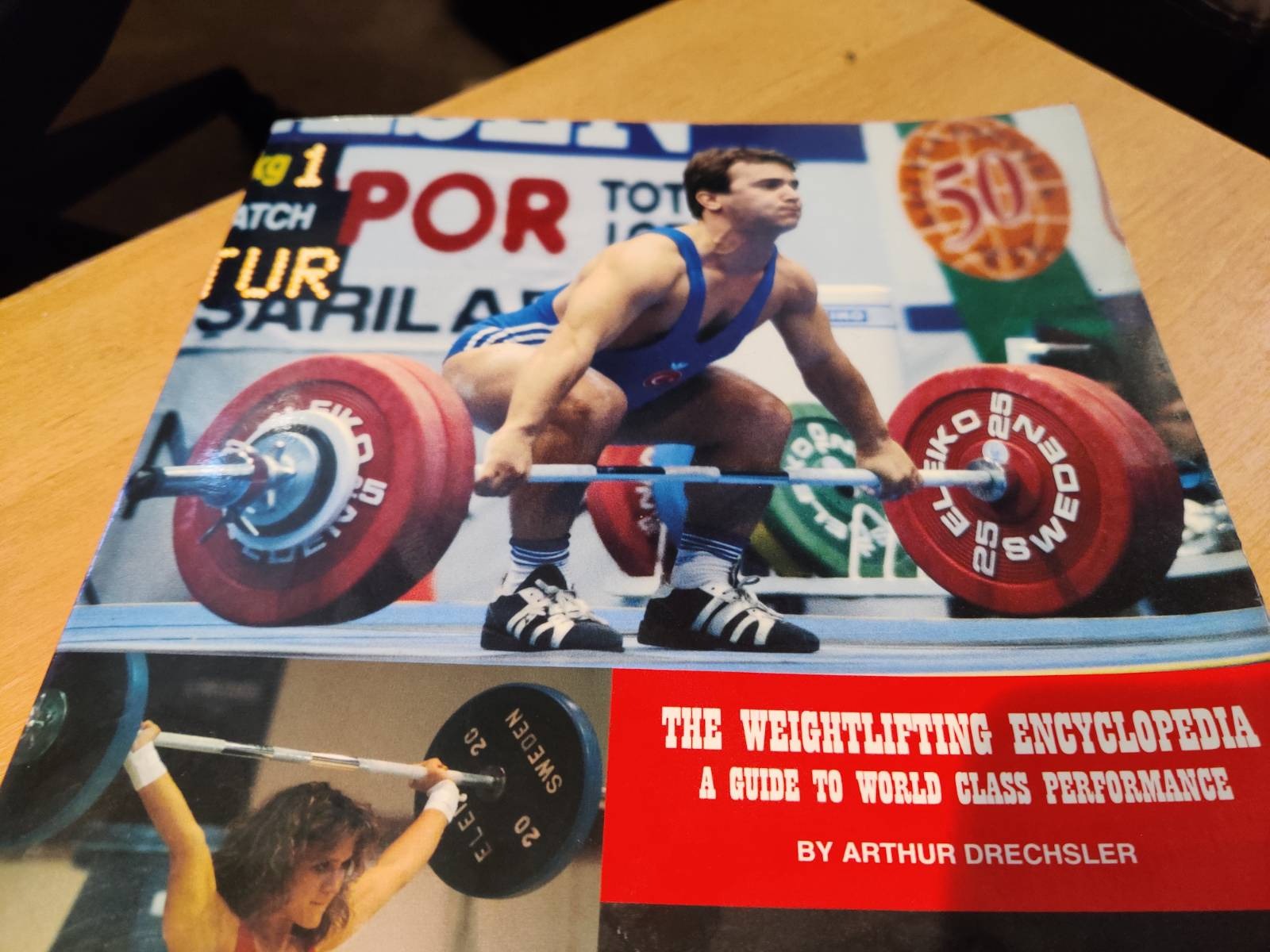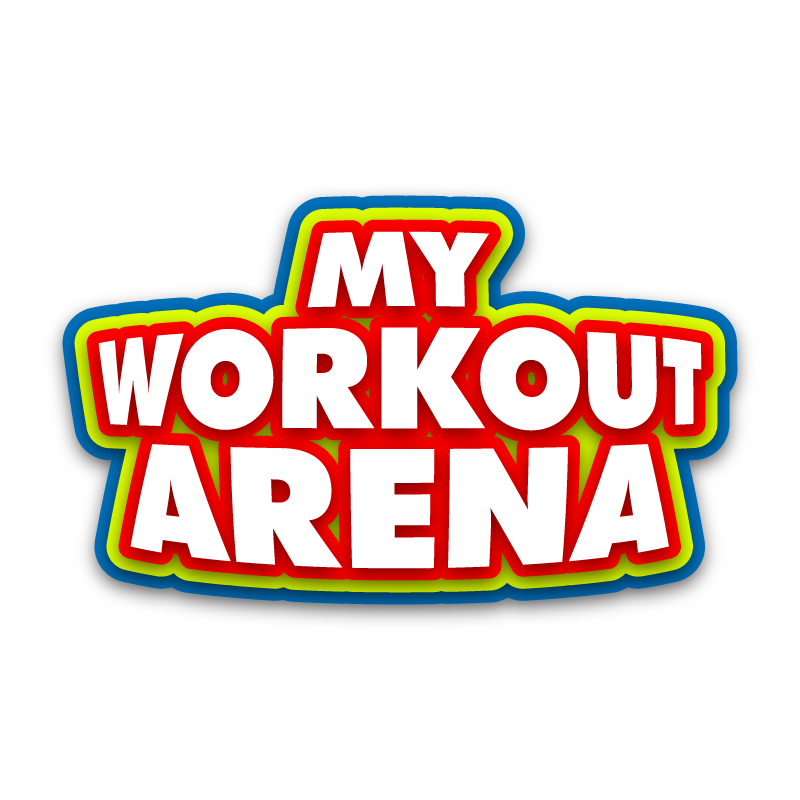An Alternative Means for Lowering the Body: The Split Style
Today virtually all lifters at an international or national level employ the squat style in the clean and snatch. This was not always the case. In the early years of weightlifting, the split style was the predominant method of lowering the body to catch a weight at arm’s length or on the shoulders. Even as late as the 1950s there were more World Champion splitters than squatters, and many top lifters of the 1960s were splitters. (By the 1970s the style was almost extinct among international competitors, and it remains so today.)
Although the squat style was used by a number of notable lifters at least as early as the 1930s, the American lifting superstars, Pete George, David Sheppard and Paul Anderson, probably did more to convert the world to the squat style than any other influence: Pete George as a result of his great success with a relatively slight musculature and youthful appearance; Dave Sheppard because of his prolific recordbreaking and the sheer mastery and majesty of his technique; and Paul Anderson because he proved that even large and somewhat inflexible men could employ the squat style successfully. Before these great Americans, the squat style was viewed as too risky, too hit and miss and suited only to the few who were blessed with natural flexibility in the squat position.
As is so often the case when styles in weightlifting, or anything else, change, some very useful technologies fall into disuse or are actually lost in the process. This was certainly the case when the split style was abandoned. While it is true that the squat style is both easier to master and more efficient for the majority of lifters, the split style is still appropriate for some. It has the advantage of not requiring the flexibility of the shoulders, elbows and ankles that is required by squat style. Less rotational strain is typically experienced in the shoulder and elbow joints when a lifter uses the split style in the snatch and jerk. In addition, it requires less leg strength than the squat style, and it enables a lifter to execute the lowering of the body under the bar 30% to 50% faster than in the squat style. The time is reduced by one-third in the snatch and by approximately one-half in the clean the bar is fixed at a somewhat higher position however). The split style also places less strain on the knee of the leg that is thrust back in the split than happens with the squat style. On the negative side, the split style tends to place more strain on at least some portions of the front leg and on the groin muscles of the rear leg than is placed on either leg in the squat style. There is also a tendency to twist the hips, with the hip on the side of the body of the forward leg being held higher than the hip on the side with the leg thrust backward. Finally, it is tougher for many lifters to master the split style because lowering the body into a deep split rapidly requires great precision with respect to foot placement.
When a lifter employs the split style, the pull is the same as in stages one through four of the squat style. A difference begins to show up during the unsupported squat under. (The Eastern Europeans refer to any lowering of the body in order to fix the bar on the shoulders or straight arms as a squat under, regardless of whether the athlete actually ends up in a split or squat position.). In the split style, instead of bending the legs while keeping the feet in contact with the platform and pulling with the arms, the athlete begins to move the back foot as soon as the legs have reached their fullest point of extension. Almost immediately thereafter, the front foot begins to move forward and the lifter is descending into the split position. In the split style the dividing line between the support and nonsupport phases is regarded by Soviet theorists as the point where the front foot lands on the platform (i.e., when both feet have made contact).
The front foot is placed approximately one and one-half foot-lengths forward, and the back leg goes back more than two foot lengths. (The actual spread of the feet will vary with the lifter, but the ratio between the movement forward and back is approximately 1:1.4, front leg movement to back.). In the split position the thigh of the front foot rests on the calf muscle, and the back leg is straight or nearly so, with the heel turned out (toes in) so that the foot is at approximately a 45° angle with the platform (when viewed from the side) and is resting on all of the toes; the front foot should either point straight ahead or be turned in slightly. The bar should be vertically in line with the hip joints, with the torso upright and the back arched (see figures
Figure 7 depicts the low position of a split clean by one of the great masters of that style, two time Olympic champion Waldemar Baszonowski of Poland. For a picture of a similar position in the snatch see the photo at the beginning of Chapter 11 - a world record performed by the legendary Norbert Schemansky, winner of 4 medals in four separate Olympic Games (one gold, one silver and two bronze - the last at age 40).
In recovering from the split position, the lifter straightens the front leg while shifting the hips, torso and bar toward the back leg i.e., the lifter is pushing back as well as up with the front leg). At the end of this motion, when the body has risen nearly as high as possible without moving the feet, the lifter (with the weight shifted toward the rear leg) slides the front foot back to a position approximating its starting position; when a deep split is used for the jerk, two backward steps may be needed. Then the back foot is brought forward to a position in line with the front foot. The only exception to this sequence might occur when the bar is forward of the lifter’s hips when the lifter is in the full split position. In such a case the lifter might rise with the combined effort of both legs and then push off the back leg in order to run forward under the bar part way through the recovery. This is an act of desperation to save a lift, not a technique to be utilized under normal circumstances.
trade-free fitness myworkoutarena.com


Comments
No comments yet. Be the first to react!